stingray
TPF Noob!
- Joined
- Oct 28, 2005
- Messages
- 179
- Reaction score
- 0
Not entirely sure if this is the appropriate forum for this and I appologize profusely if i' 'twas the wrong one.
After seeing an extensive exhibition of the work of Bill Henson here in Melbourne some time early last year (2005!) there has been significant debate within my family, especially between my art teacher mother and I about the process of creating the following image. http://www.roslynoxley9.com.au/artists/18/Bill_Henson/98/33420/
yes, the girl seems to be floating, but i'm more interested about the process for obtaining such amazing skin tones. This small web image doesn't really do the glitteringly silver, yet soft skin justice.
On that site, I just noticed it is listed as a "type c" photograph. that was what decided me on where I would put the thread. Thanks in advance for any help, I really look forward to hearing your ideas,
William.
After seeing an extensive exhibition of the work of Bill Henson here in Melbourne some time early last year (2005!) there has been significant debate within my family, especially between my art teacher mother and I about the process of creating the following image. http://www.roslynoxley9.com.au/artists/18/Bill_Henson/98/33420/
yes, the girl seems to be floating, but i'm more interested about the process for obtaining such amazing skin tones. This small web image doesn't really do the glitteringly silver, yet soft skin justice.
On that site, I just noticed it is listed as a "type c" photograph. that was what decided me on where I would put the thread. Thanks in advance for any help, I really look forward to hearing your ideas,
William.



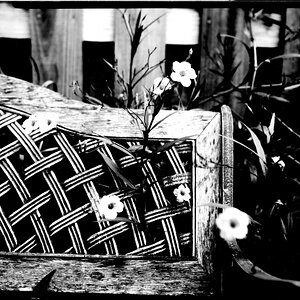
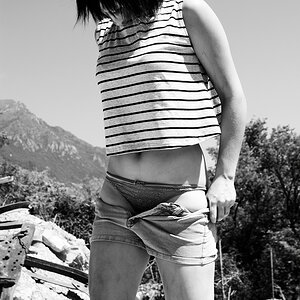
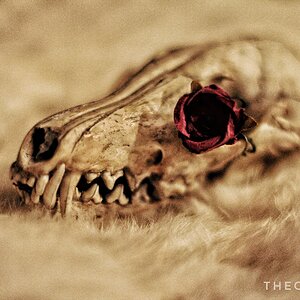
![[No title]](/data/xfmg/thumbnail/36/36401-dfb1077e5917eb47c5acf9c208e7be2a.jpg?1619737552)


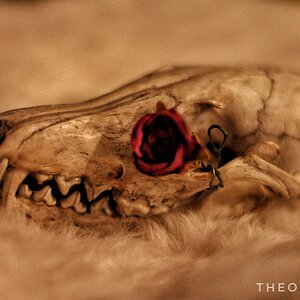
![[No title]](/data/xfmg/thumbnail/37/37606-3c9ffb5906173fa2aa489341967e1468.jpg?1619738148)
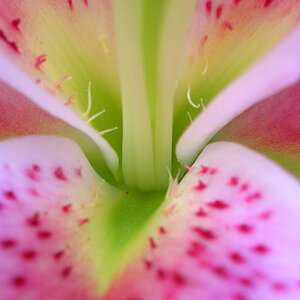
![[No title]](/data/xfmg/thumbnail/31/31012-f5e0c7cdea2f2c3e44737e3f61c2461a.jpg?1619734567)